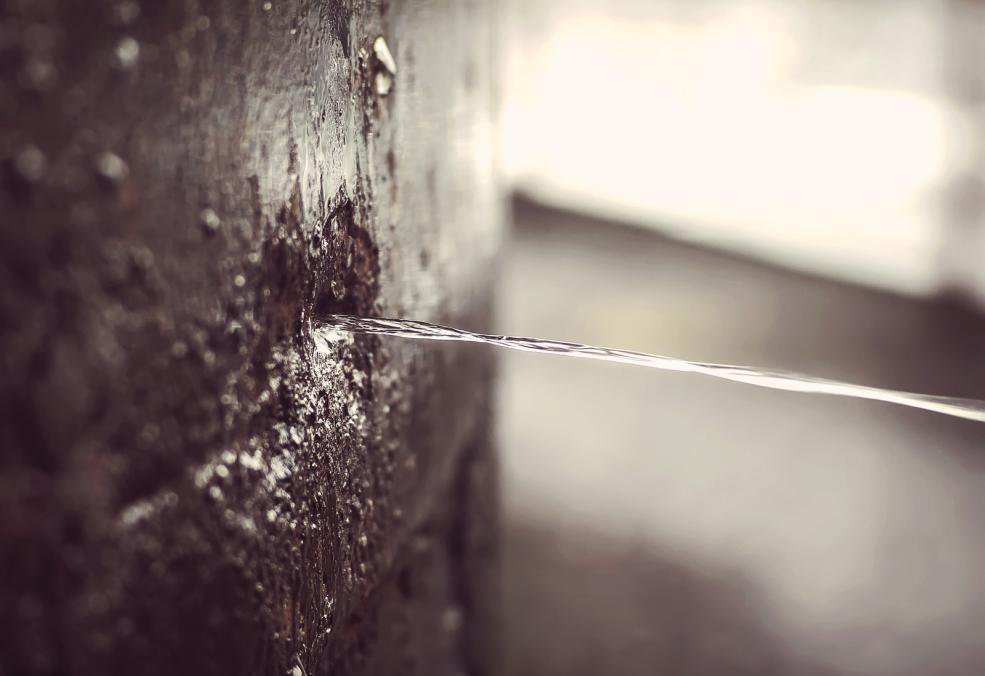Everybody is bound to have their own unique assumption involving Leaking water lines.

Early detection of leaking water lines can reduce a potential disaster. Some little water leakages might not be noticeable.
1. Analyze the Water Meter
Every home has a water meter. Examining it is a surefire manner in which assists you find leakages. For beginners, turn off all the water sources. Ensure no person will certainly flush, utilize the faucet, shower, run the cleaning machine or dish washer. From there, go to the meter as well as watch if it will alter. Because no one is using it, there need to be no activities. That suggests a fast-moving leak if it relocates. Furthermore, if you identify no changes, wait a hr or 2 as well as check back once more. This suggests you may have a slow-moving leak that can also be underground.
2. Check Water Intake
If you detect abrupt changes, despite your consumption being the same, it means that you have leaks in your plumbing system. A sudden spike in your bill shows a fast-moving leakage.
At the same time, a constant rise on a monthly basis, despite having the very same behaviors, reveals you have a slow-moving leakage that's also gradually escalating. Call a plumber to completely check your home, specifically if you feel a warm area on your floor with piping beneath.
3. Do a Food Coloring Test
When it comes to water consumption, 30% comes from toilets. If the shade somehow infiltrates your bowl throughout that time without flushing, there's a leak between the container and also dish.
4. Asses Exterior Lines
Don't fail to remember to inspect your outdoor water lines also. Test faucets by attaching a garden tube. Should water permeate out of the link, you have a loose rubber gasket. Replace this as well as ensure all connections are tight. If you have actually obtained a lawn sprinkler, it will certainly aid get it properly checked out as well as maintained each year. One little leakage can waste lots of water and increase your water bill.
5. Assess the scenario and also check
Homeowners should make it a practice to check under the sink counters and even inside cupboards for any kind of bad odor or mold and mildew growth. These 2 warnings indicate a leak so prompt focus is called for. Doing regular inspections, also bi-annually, can conserve you from a major trouble.
A lot more significantly, if you understand your house is already old, keep a watchful eye on your heating systems, hose pipes, pipelines and so on. Check for discolorations and also damaging as many appliances and also pipes have a life span. They will likewise normally weaken due to damage. Don't wait for it to rise if you presume dripping water lines in your plumbing system. Call an expert plumber right now so you do not end up with a terrible mess in your house.
Early discovery of leaking water lines can mitigate a prospective disaster. Some small water leaks might not be noticeable. Inspecting it is a surefire way that aids you discover leaks. One little leak can throw away loads of water and spike your water expense.
If you believe leaking water lines in your plumbing system, do not wait for it to escalate.
WARNING SIGNS OF WATER LEAKAGE BEHIND THE WALL
PERSISTENT MUSTY ODORS
As water slowly drips from a leaky pipe inside the wall, flooring and sheetrock stay damp and develop an odor similar to wet cardboard. It generates a musty smell that can help you find hidden leaks.
MOLD IN UNUSUAL AREAS
Mold usually grows in wet areas like kitchens, baths and laundry rooms. If you spot the stuff on walls or baseboards in other rooms of the house, it’s a good indicator of undetected water leaks.
STAINS THAT GROW
When mold thrives around a leaky pipe, it sometimes takes hold on the inside surface of the affected wall. A growing stain on otherwise clean sheetrock is often your sign of a hidden plumbing problem.
PEELING OR BUBBLING WALLPAPER / PAINT
This clue is easy to miss in rooms that don’t get much use. When you see wallpaper separating along seams or paint bubbling or flaking off the wall, blame sheetrock that stays wet because of an undetected leak.
BUCKLED CEILINGS AND STAINED FLOORS
If ceilings or floors in bathrooms, kitchens or laundry areas develop structural problems, don’t rule out constant damp inside the walls. Wet sheetrock can affect adjacent framing, flooring and ceilings.
https://www.servicemasterbyzaba.com/blog/how-to-detect-water-leakage-in-walls/

Do you really like more info about Detecting hidden plumbing leaks? Write feedback down the page. We will be glad to find out your thinking about this review. Hoping that you visit us again later on. Enjoyed reading our piece? Please share it. Let others find it. I value reading our article about Top leak detection hacks.